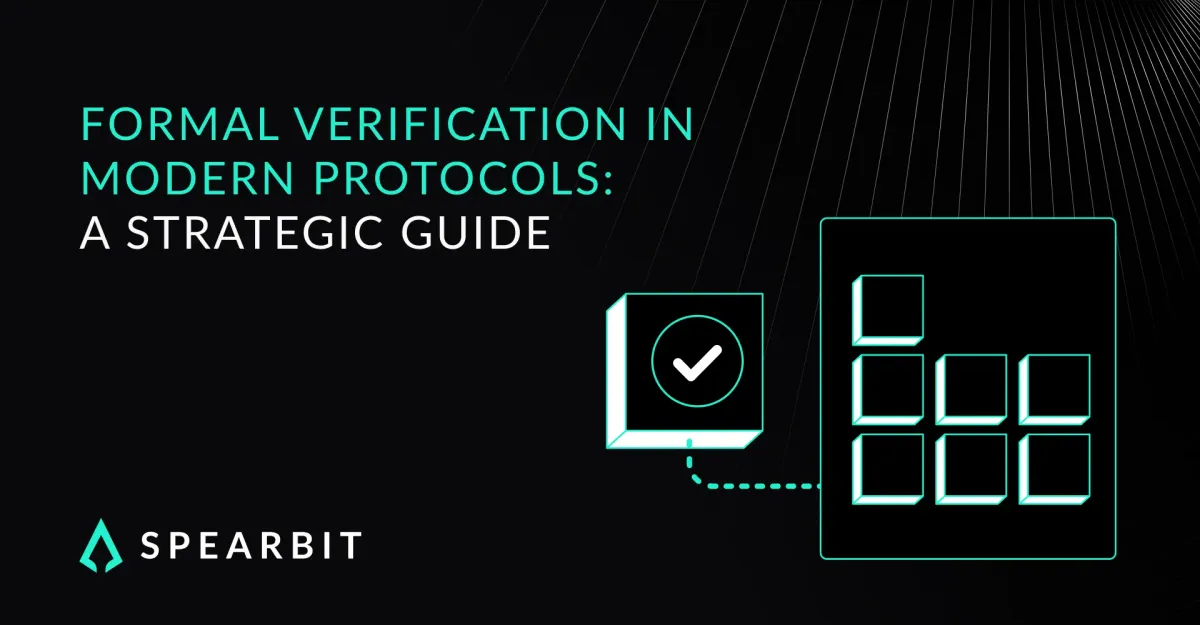Formal Verification: The Key to Secure and Reliable Web3 Protocols

Source: The Role of Formal Verification in Web3 Security
As decentralized protocols get more complex and interconnected, formal verification has shifted from a niche technique to a vital security standard. It offers a mathematical guarantee that smart contracts behave exactly as intended, ensuring robust protection against bugs and exploits, especially when handling assets or sensitive permissions.
What is Formal Verification?
Formal verification converts smart contract code into mathematical logic to prove that it meets specific, well-defined rules and behaviors. Unlike conventional testing-which only checks a handful of scenarios-formal verification examines every possible state and transition, providing certainty that invalid states cannot occur. This is especially crucial for:
- Managing pooled funds
- Executing governance decisions
- Enforcing system permissions
- Interacting with oracles or multi-chain infrastructures
Preparing for Verification: High-Quality Specifications
The cornerstone of effective formal verification is clear, complete specifications written alongside protocol design, not retroactively. Specifications must describe:
- Invariant constraints: e.g., token supply caps
- Permission models: e.g., authorized role restrictions
- Allowed state transitions: e.g., finalized trades can't be reversed
- Value preservation rules: e.g., withdrawals ≤ deposits
Poorly defined specs, inconsistent documentation, or loosely controlled states often block verification efforts.
Tools and Challenges
The ecosystem for formal verification tools is growing but varies in complexity, integration needs, and coverage. Choosing the right toolchain depends on your protocol’s architecture and team expertise.
Key challenges in adopting formal verification include:
- Lack of specification discipline early in development
- Protocol design not optimized for formal methods
- Underestimating the time and expertise needed
- Limited availability of verification-skilled developers
To overcome this, formal verification should be integrated early in the development lifecycle, complementing audits and tests, rather than being an afterthought.
Benefits for Institutional Adoption
For custodians, liquidity providers, and infrastructure operators, protocols with formally verified contracts signal a higher level of soundness and reliability. Verified contracts show:
- Clear and unambiguous system logic
- Fewer vulnerabilities due to logic errors
- Strong internal development practices
This assurance can improve onboarding processes, governance trustworthiness, and regulatory compliance.
How Spearbit Helps Protocols Achieve Verification Readiness
Spearbit assists teams with:
- Specification Development: Crafting precise invariants and properties
- Tool Selection: Identifying the best-fit verification frameworks
- Verification Support: Encoding and proving contract correctness
- Verification Review: Ensuring completeness and soundness of proofs
By embedding formal verification in development, protocols can confidently deploy mathematically verified, secure systems.
Moving Forward: Formal Verification as a Standard
Formal verification is becoming a must-have for projects handling significant value or sensitive permissions. Success depends on treating it as part of the design process, maintaining specification rigor, and choosing security-conscious architectures.


